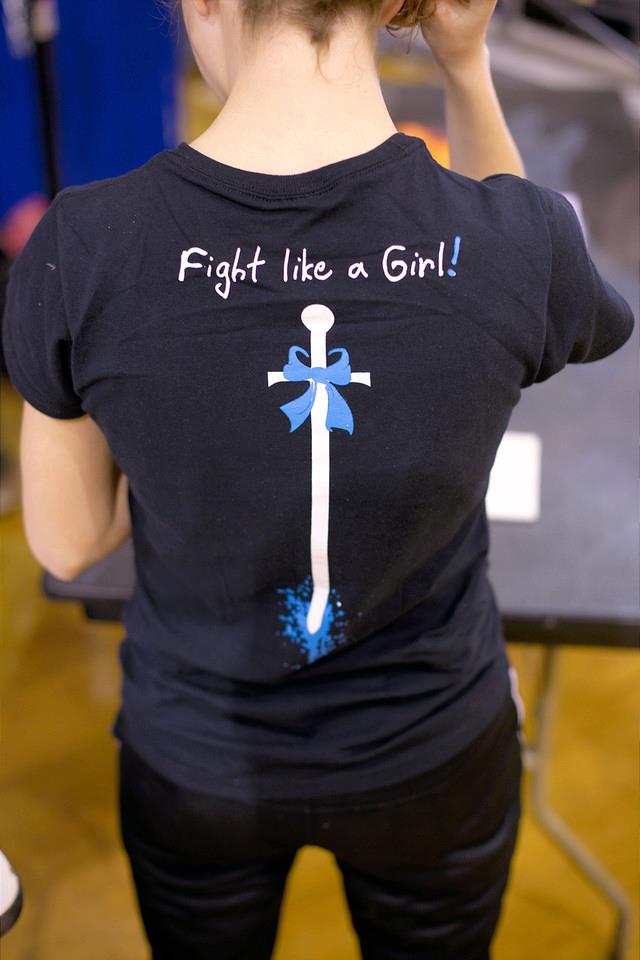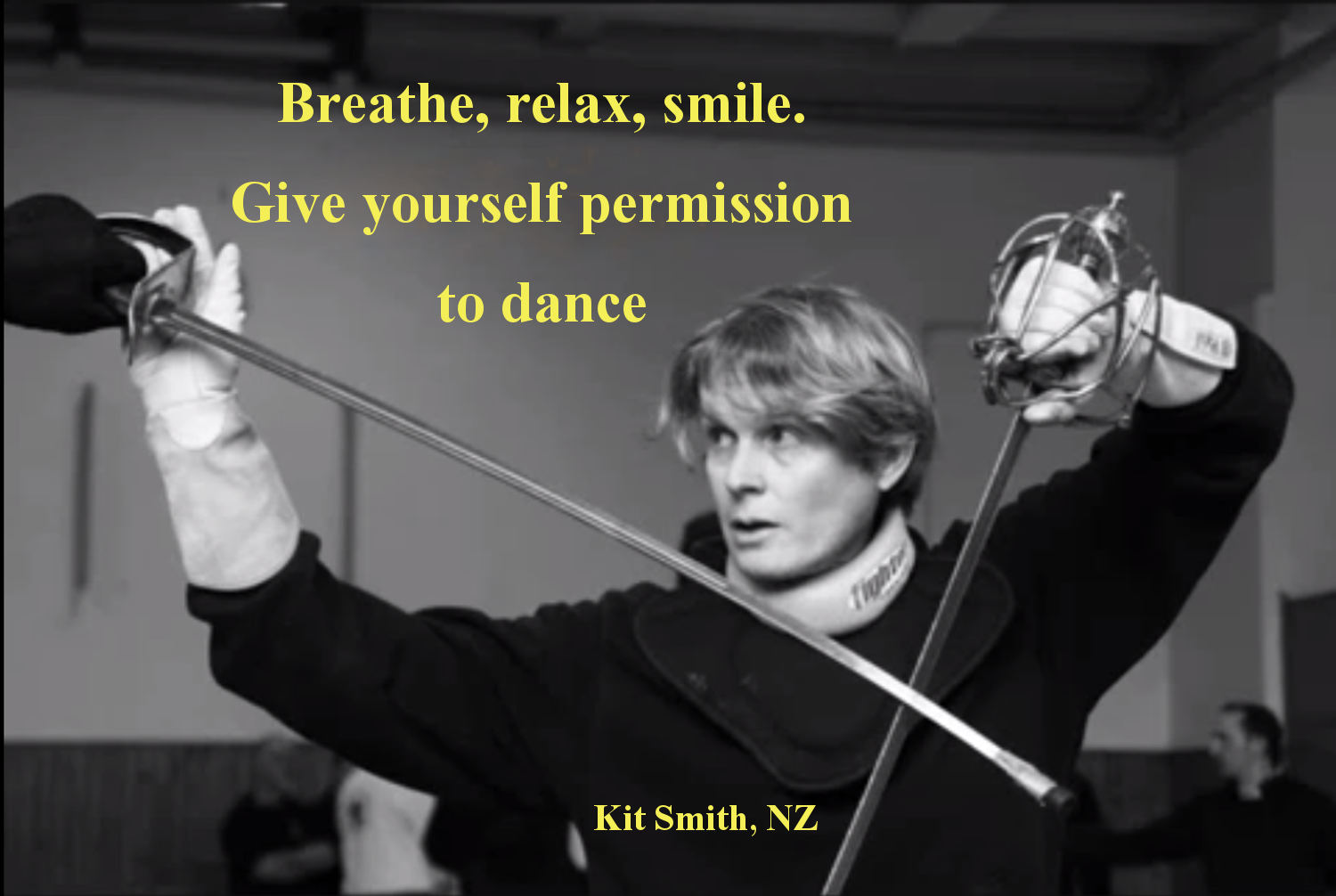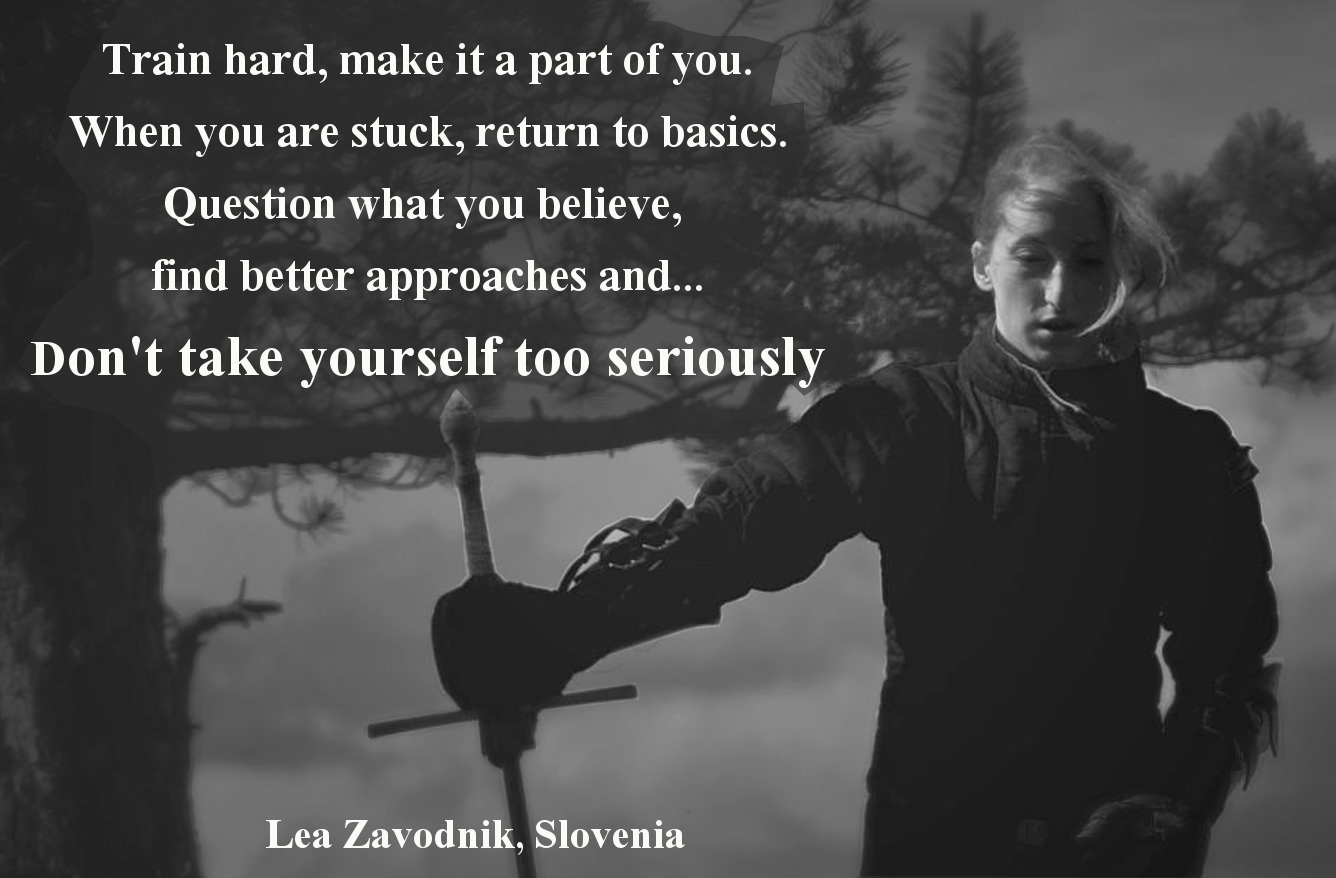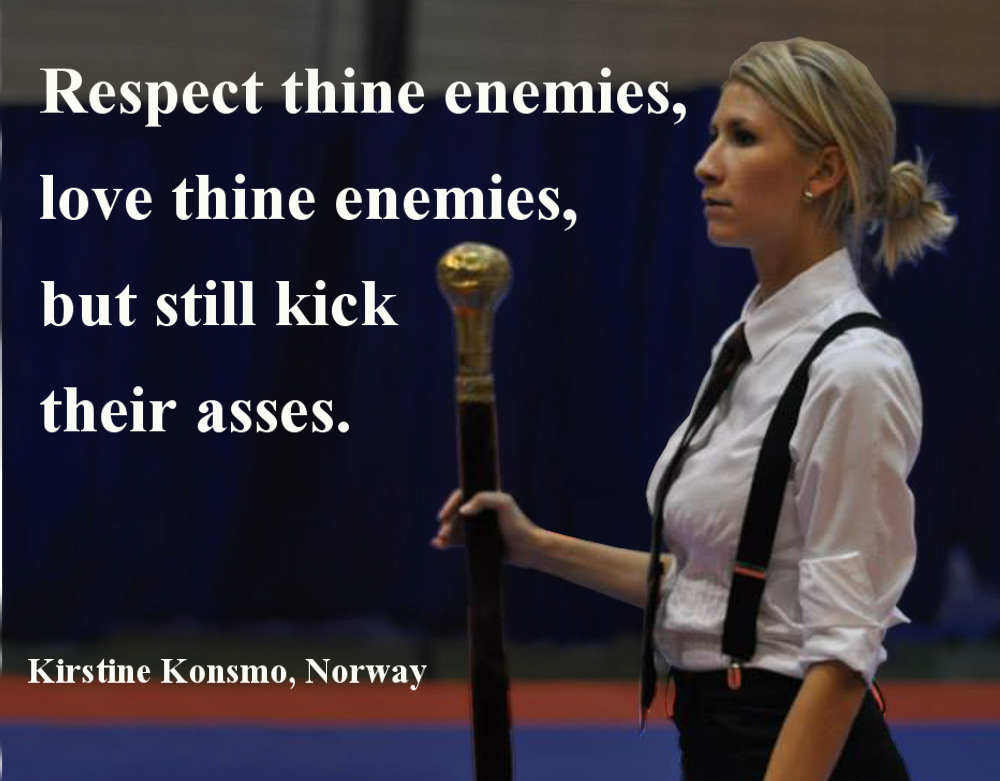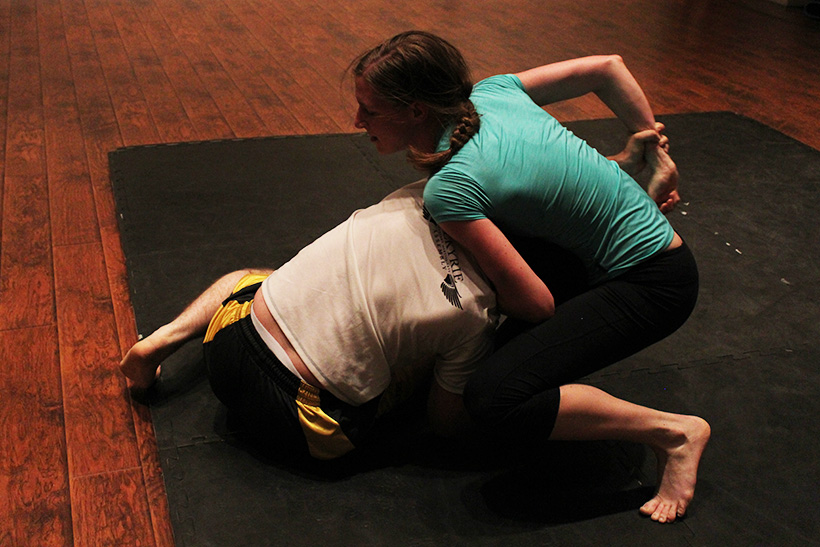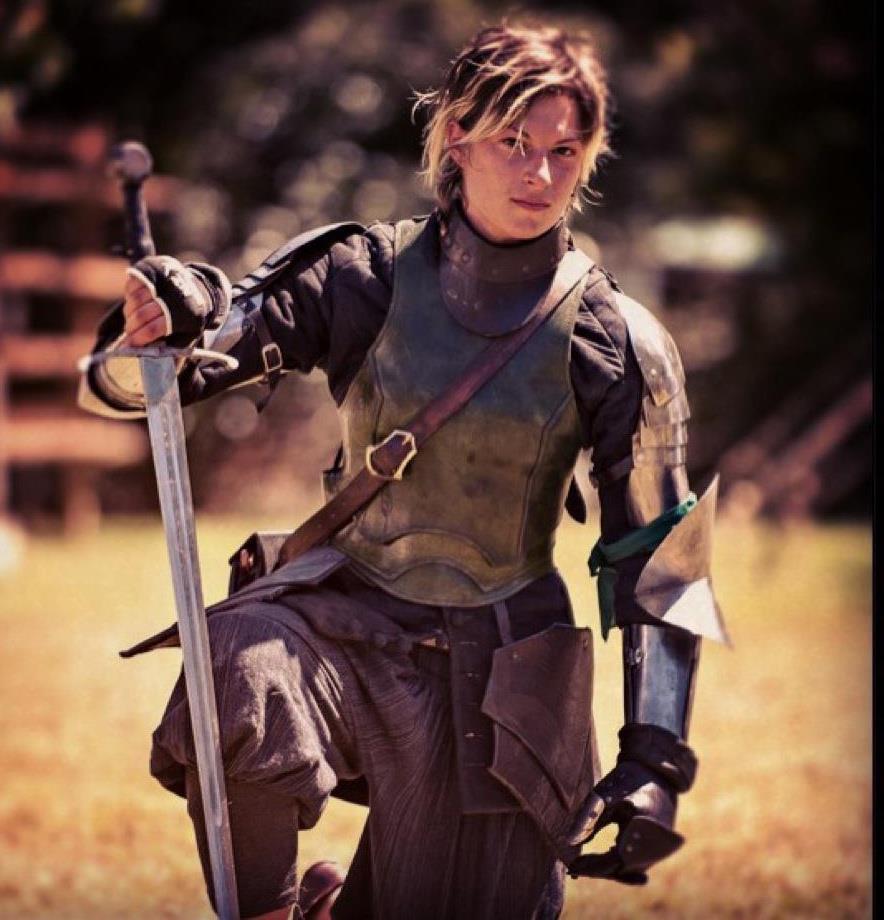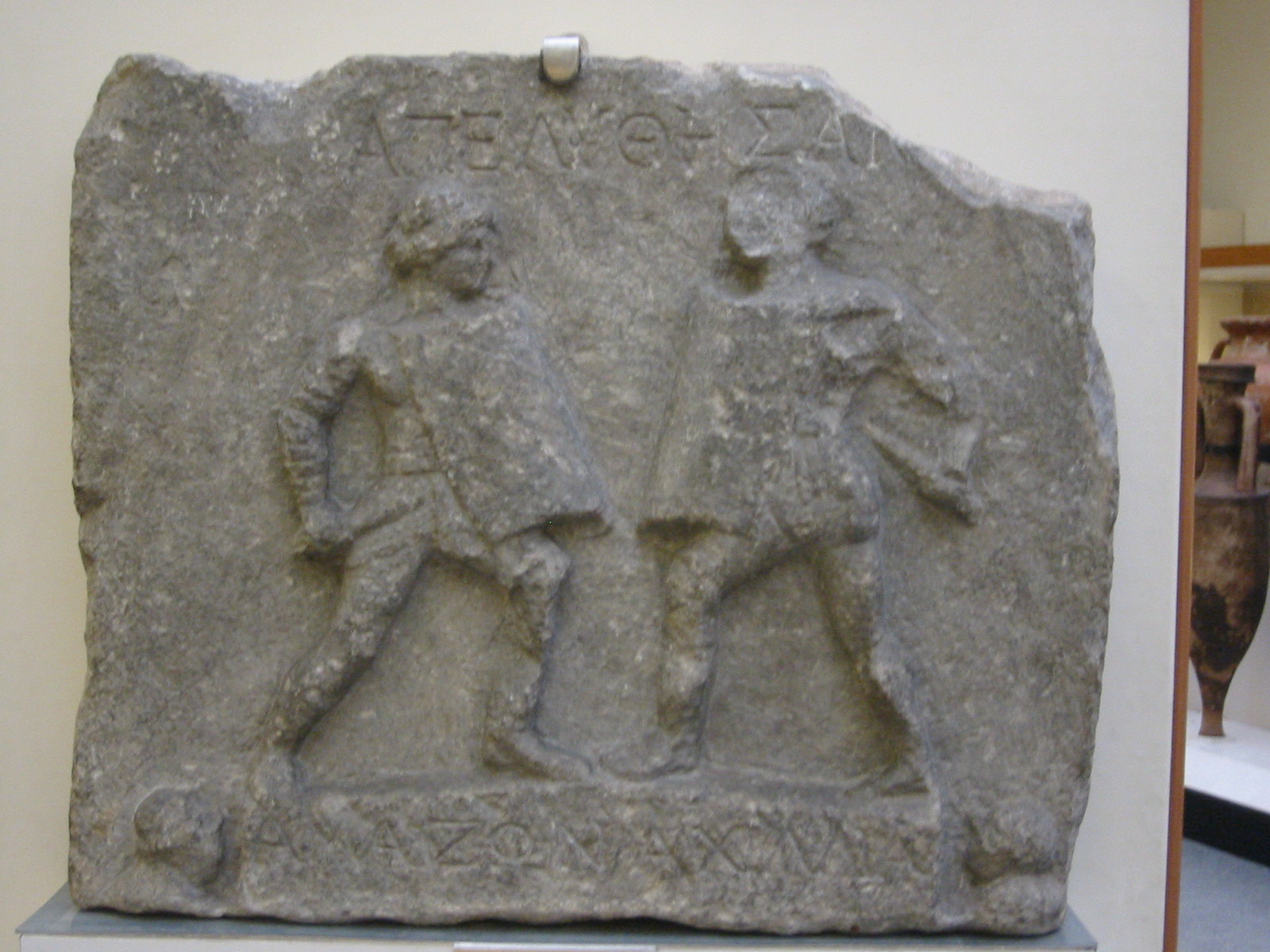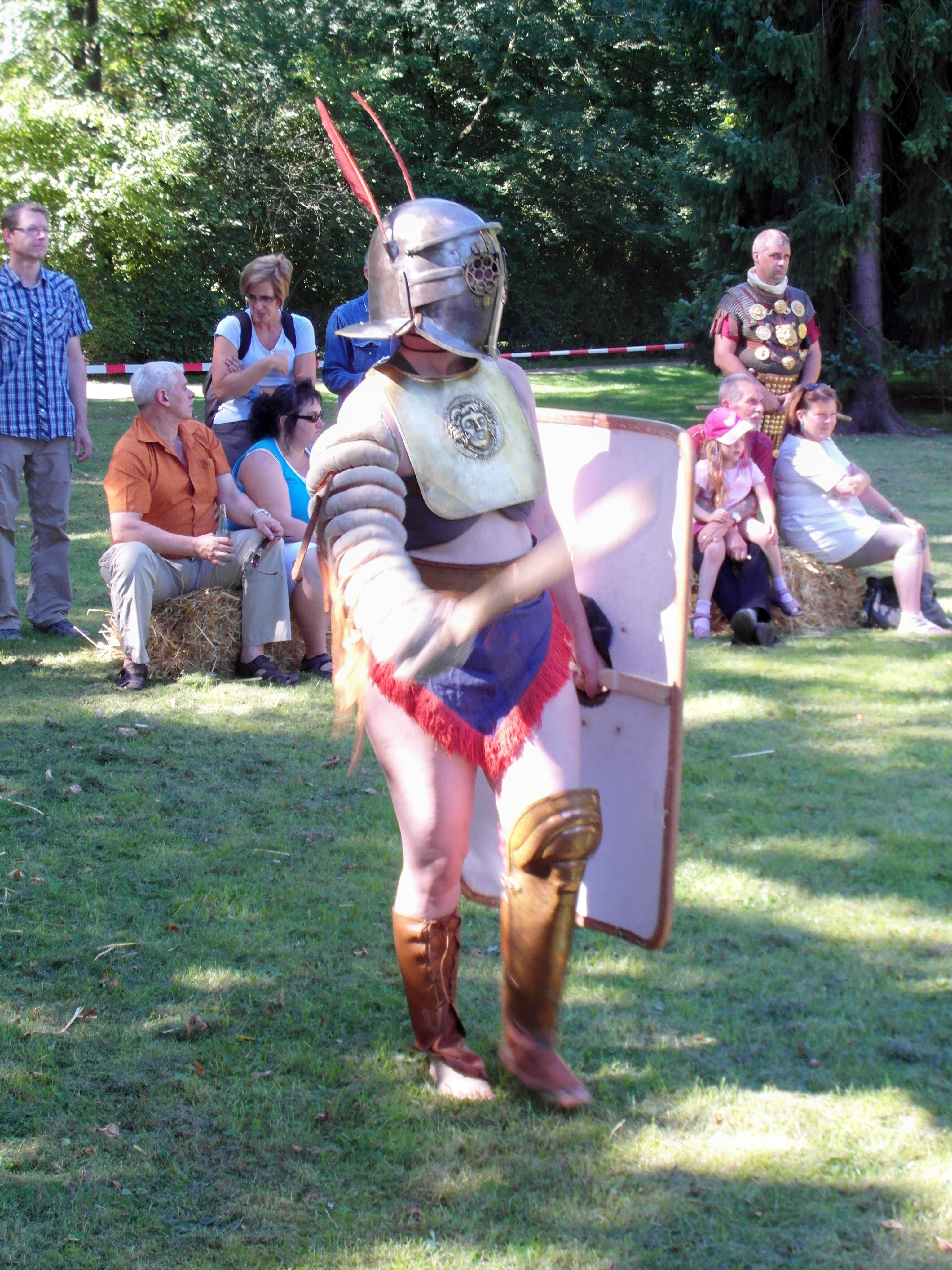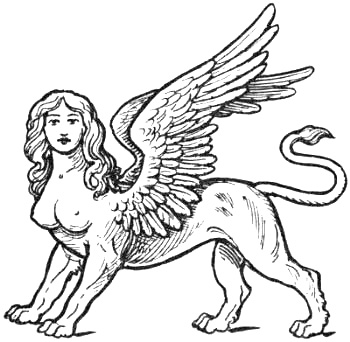Original Post: 1 Feb 2014
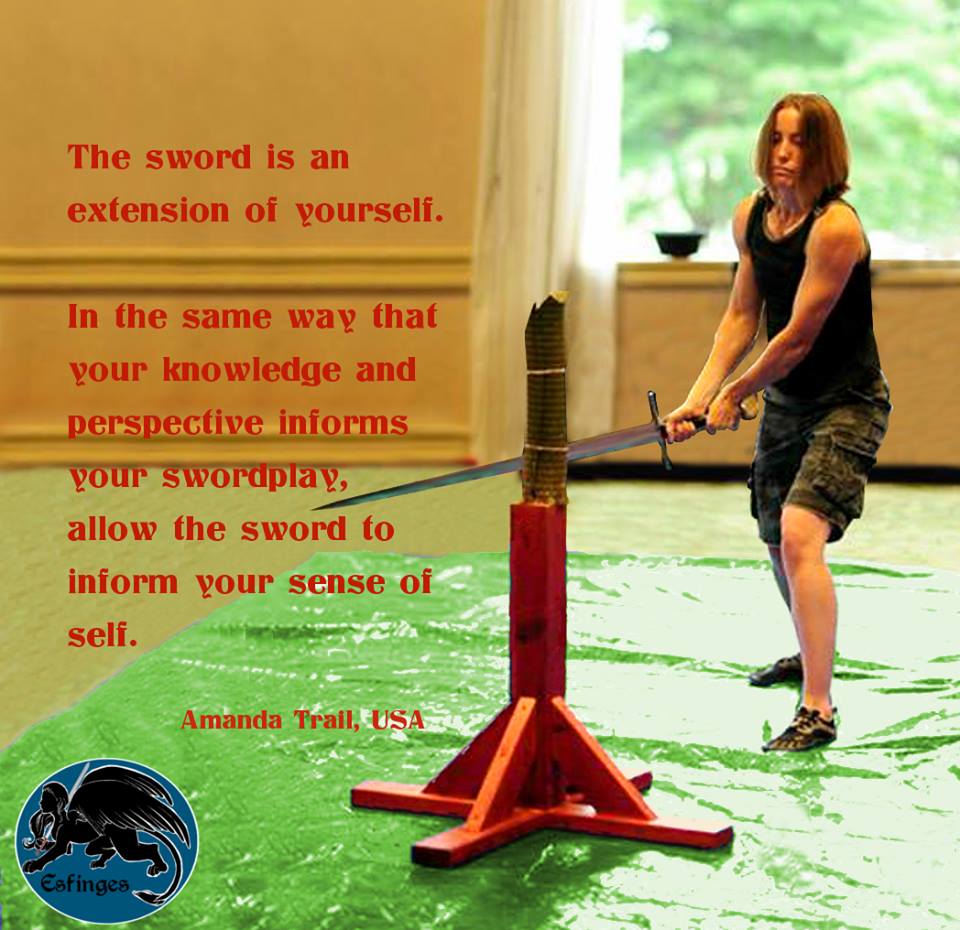
Original photograph: Mandy Michels
Esfinges vows to share at least one motivational pic each month from one of our inspirational fighting women. The dance is led by Amanda Trail. She’s been practising Historical European Martial arts for 3 years, her preferred weapon being the longsword. Her club is Iron Crown KdF in Spokane, Washington, USA.
Many thanks for sharing this awesome photo and wise words with us, Amanda!
Original Post: http://esfinges1.wix.com/e/apps/blog/inspirational-fencers-amanda-trail


